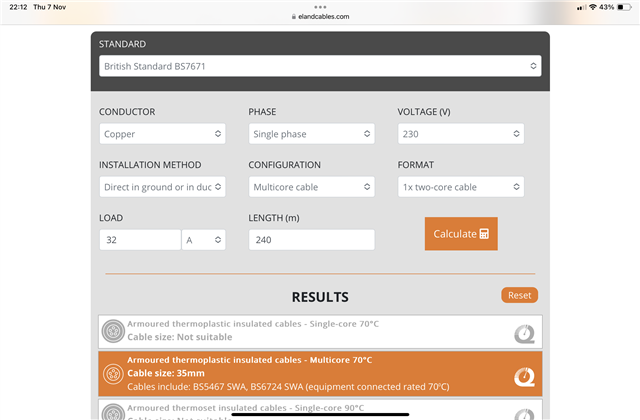I have an install on a field to do where the supply comes in from a power networks overhead pole transformer to a kiosk roughly 8 meters away, in the kiosk there will be the DNO cut out / supplier meter / 100A switch fuse.
From here there will then be a 70mm 4 core swa running underground 250 meters to the barn where it will terminate using 2 cores for phase and 2 cores for neutral to comply with voltage drop allowance.
My question is do I earth stake the Kiosk end for earthing at that end so as to protect the armouring of the swa and housings of the switch fuse then earth stake at the barn with earth separation of the SWA to prevent 2 earth paths and what precautions do i need to consider as there will be horses at the barn. Your comments will be greatly appreciated.

